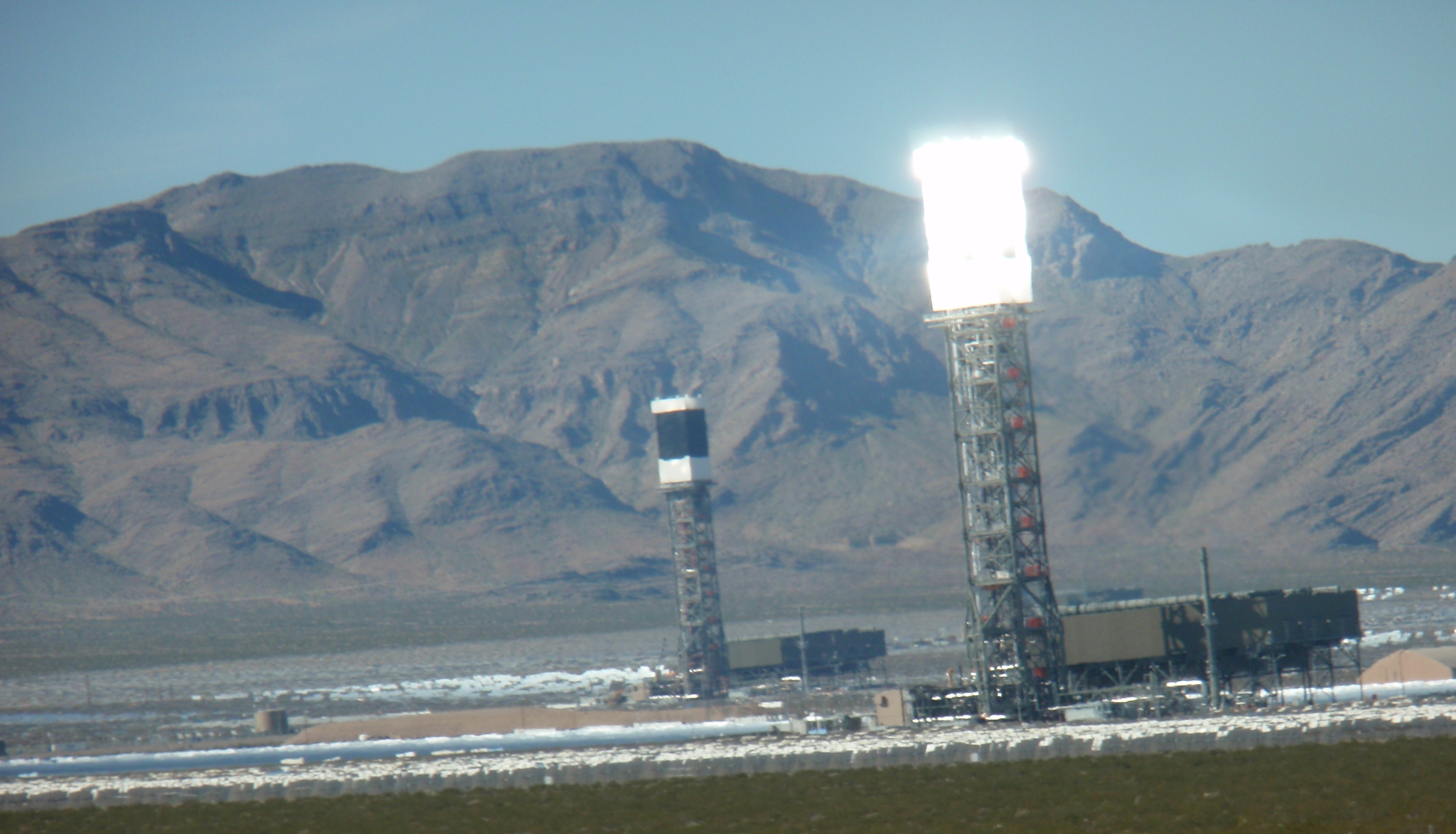Kenya and South Africa have taken dramatically different approaches in how to protect large animals.
May not make sense, but I have a plan for you if you want to protect big critters, like rhinos, lions, leopards, elephants, and buffalos (the big 5) along with antelopes and zebras.
What to do? Take South Africa’s approach and allow private ownership of the animals and allow other people to pay the owners of the animals to hunt them.
Like I said, it doesn’t make sense, but incentives matter. And if you want to protect big animals, give individuals incentives to do so.
Kenya and South Africa provide a natural experiment to see which approach works best.
The following information is from two articles:
- 8/20 – Bloomberg – Lions Hunted to Save Rhinos in South African Circle of Life
- 8/20 – Carpe Diem – Who’d a-thunk it? Game ranching and private ownership of wildlife for hunting, tourism, and meat are saving rhinos, etc.
Kenya
Kenya bans private ownership of large animals and bans hunting. The country focuses on conservation with funding provided by eco-tourism.
How has that worked?




